Home>Articles>What Is The Standard Height For A Vanity Drain
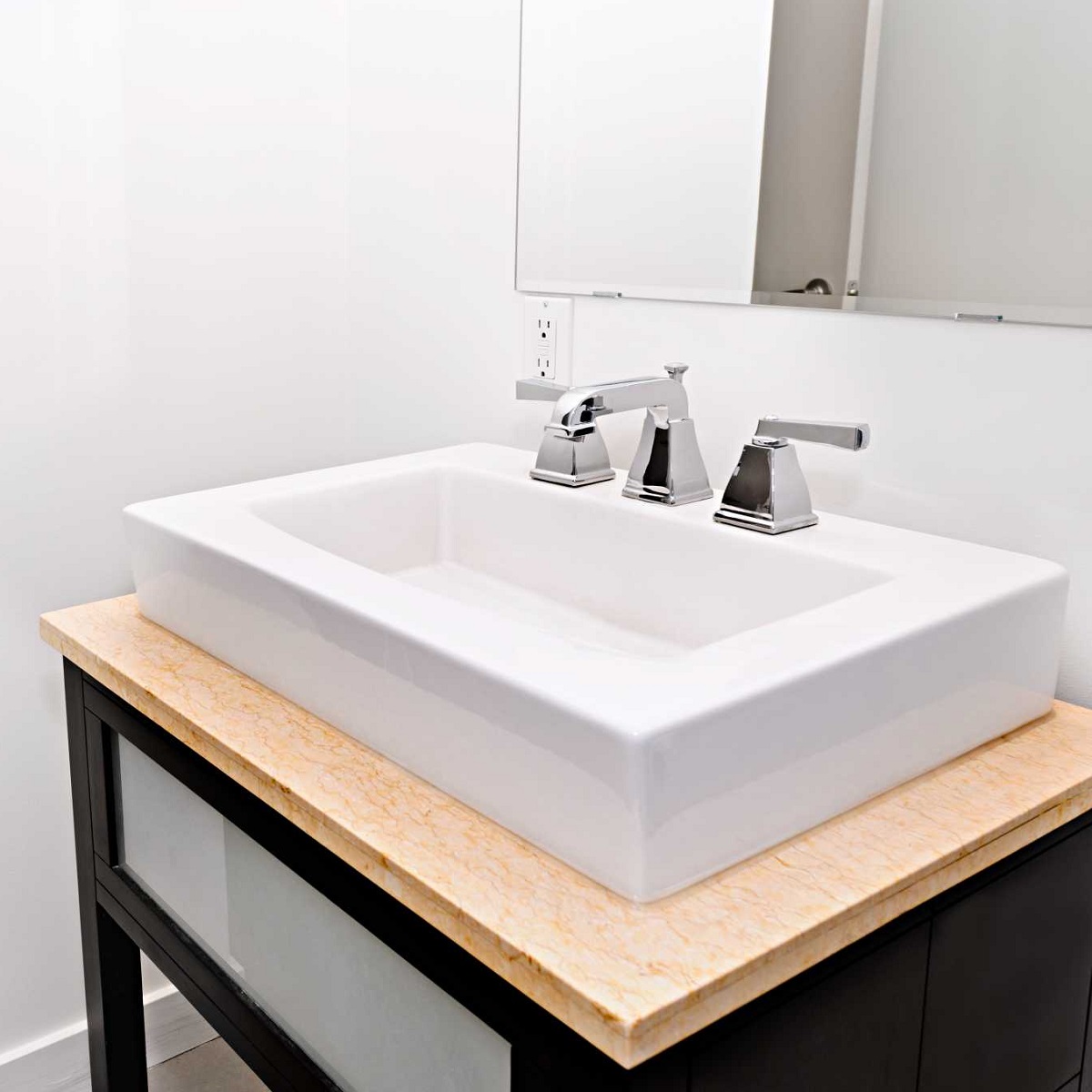

Articles
What Is The Standard Height For A Vanity Drain
Modified: February 23, 2024
Learn about the standard height for a vanity drain in our informative articles. Expert advice and tips to ensure proper installation and functionality.
(Many of the links in this article redirect to a specific reviewed product. Your purchase of these products through affiliate links helps to generate commission for Storables.com, at no extra cost. Learn more)
Introduction
When it comes to designing a functional and aesthetically pleasing bathroom, every detail matters. One often overlooked but crucial element is the height of the vanity drain. The vanity drain is an essential component that ensures proper drainage and prevents any potential plumbing issues. Establishing the correct height for the vanity drain is crucial to ensure optimal functionality and user comfort.
In this article, we will explore the importance of determining the standard height for a vanity drain and the factors to consider when making this decision. We will also discuss building codes and regulations that need to be adhered to and the benefits of properly positioned vanity drains.
Key Takeaways:
- Properly positioned vanity drains prevent water pooling, enhance user comfort, and prevent plumbing issues. Consider user height, accessibility, and local building codes for optimal placement.
- Adhering to building codes and regulations ensures safety, functionality, and legal compliance. Seek professional guidance and consider user comfort for a functional and compliant vanity drain height.
Read more: What Is The Standard Bathroom Vanity Height
Importance of Vanity Drain Height
The height of the vanity drain plays a significant role in the usability and efficiency of a bathroom. Here are a few reasons why determining the correct vanity drain height is important:
- Proper Drainage: The main purpose of a vanity drain is to allow water to flow smoothly from the sink into the drainage system. If the drain is positioned too high or too low, it can impede the proper drainage, causing water to accumulate or creating slow-draining sinks. This can lead to water pooling, unpleasant odors, and potential damage to the vanity and surrounding areas.
- User Comfort: The height of the vanity drain also affects the comfort and convenience of the users. If the drain is placed too low, users may have to bend down uncomfortably to use the sink. On the other hand, if the drain is positioned too high, it can result in splashing and water spillage. Ensuring the correct height of the vanity drain allows for easy and comfortable usage for people of different heights and abilities.
- Preventing Plumbing Issues: When the vanity drain height is not properly set, it can lead to various plumbing problems. For instance, if the drain is too high, it can cause a backup in the plumbing system. Conversely, a drain positioned too low can put strain on the pipes and increase the risk of clogs. By determining the correct height for the vanity drain, you can prevent potential plumbing issues and keep your bathroom functioning smoothly.
Overall, the determination of the vanity drain height is crucial for maintaining proper functionality, user comfort, and preventing plumbing issues in the bathroom. Taking the time to ensure the correct height during the initial design or renovation phase can save you from future inconvenience and costly repairs.
Factors to Consider when Determining Vanity Drain Height
Several factors should be taken into consideration when determining the height of the vanity drain. These factors will help ensure that the height is appropriate and meets the needs of users. Here are some key factors to consider:
- User Height: One of the most important factors to consider is the average height of the intended users. The height of the drain should be comfortable for the majority of people who will be using the sink. It’s important to strike a balance so that it is neither too high for shorter individuals nor too low for taller individuals.
- Accessibility: If the sink is intended for use in a commercial setting or for individuals with disabilities, it is important to comply with accessibility guidelines. This may include having a lower vanity drain height to accommodate wheelchair users or individuals with mobility challenges. The Americans with Disabilities Act (ADA) provides specific guidelines for vanity and sink heights in accessible bathrooms.
- Sink Design: The design and style of the sink itself can also influence the appropriate height for the vanity drain. Some sinks may have a deeper basin or a unique shape, which may require adjusting the drain height accordingly. It’s important to consider the specific dimensions and design features of the sink when determining the drain height.
- Plumbing System: The plumbing system of the building should also be taken into account. Connecting the drain to the existing plumbing pipes requires proper alignment and ensuring that there is enough slope for proper drainage. Consulting a professional plumber can help ensure that the drain height is compatible with the building’s plumbing system.
- Local Building Codes: Always check local building codes and regulations before determining the vanity drain height. Each jurisdiction may have specific requirements regarding the height of plumbing fixtures, including vanity drains. Adhering to these codes is necessary to ensure compliance and avoid issues during inspections or when selling the property.
Considering these factors will help you determine the appropriate height for the vanity drain to ensure user comfort, accessibility, and compliance with local regulations. It is recommended to consult with a plumbing professional or designer to ensure that all considerations are taken into account for the best outcome.
Building Codes and Regulations
When it comes to determining the height of a vanity drain, it’s crucial to understand and comply with the building codes and regulations of your specific locality. These codes are in place to ensure the safety, functionality, and accessibility of plumbing fixtures in buildings. Failure to adhere to these codes can result in fines, delays in construction, and issues during property inspections. Here are some important aspects to consider regarding building codes and regulations:
- Plumbing Codes: Most jurisdictions have specific plumbing codes that outline the requirements for plumbing fixtures, including vanity drains. These codes typically cover aspects such as drainage, venting, pipe sizing, and fixture heights. It is important to consult the plumbing codes specific to your area to determine the required height for the vanity drain.
- Accessibility Guidelines: In many countries, there are accessibility guidelines and regulations that must be followed when designing bathrooms in commercial or public buildings. These guidelines, such as the Americans with Disabilities Act (ADA) in the United States, provide specific requirements for the height and reachability of plumbing fixtures to accommodate individuals with disabilities. It’s essential to incorporate these guidelines when determining the vanity drain height in accessible bathrooms.
- Local Authorities Having Jurisdiction (AHJ): The AHJ refers to the local government or agency responsible for enforcing and interpreting building codes and regulations. It is crucial to obtain the necessary permits and approvals from the AHJ before undertaking any construction or renovation involving plumbing fixtures. They will have information on specific requirements, inspections, and potential modifications needed for the vanity drain height.
- Professional Guidance: It is always recommended to seek professional guidance when dealing with building codes and regulations. Plumbing professionals, such as plumbers or designers familiar with local codes, can provide valuable insight and ensure compliance with all necessary requirements. They can help you navigate through the complexities of building codes and assist in determining the appropriate height for the vanity drain.
Understanding and adhering to building codes and regulations is essential to ensure the safety, functionality, and legal compliance of your bathroom. It is your responsibility as a homeowner or builder to ensure that the vanity drain height is in accordance with these regulations. By doing so, you can have peace of mind and avoid any potential issues down the line.
The standard height for a vanity drain is typically around 21 inches above the finished floor. This allows for proper installation of the P-trap and ensures efficient drainage.
Standard Height for Vanity Drain
While there isn’t a specific universal standard height for a vanity drain, there are generally accepted guidelines that can be followed to determine the optimal height. These guidelines take into account factors such as user comfort, accessibility, and plumbing requirements. Here are some considerations when determining the standard height for a vanity drain:
- Ergonomics: The height of the vanity drain should be comfortable for most users. A common recommendation is to place the center of the drain 21 inches (53 cm) above the finished floor. This measurement is based on average user heights and ensures that the sink is at a convenient height for most individuals.
- Accessibility: In accessible bathrooms designed to accommodate individuals with disabilities, the vanity drain height may differ. The ADA guidelines recommend a maximum height of 34 inches (86 cm) for vanity fixtures, including the sink and drain, to ensure accessibility for wheelchair users.
- Local Building Codes: It’s crucial to consult the building codes specific to your area to determine if there are any height requirements or restrictions for vanity drains. Local codes may vary, so it’s important to ensure compliance with the regulations in your jurisdiction.
- Plumbing Considerations: The height of the vanity drain should also be compatible with the plumbing system. The drain should align with the existing pipes, allowing for proper drainage and connections. Consulting with a professional plumber can help ensure that the height of the drain meets plumbing requirements.
While these guidelines can serve as a starting point, it’s important to consider the specific needs and requirements of your bathroom and users. Factors such as sink design, user preferences, and accessibility needs should be taken into account. Always consult with professionals, such as plumbers or designers, to determine the most suitable height for your vanity drain.
Remember, while it’s essential to adhere to building codes and regulations, it’s also important to prioritize user comfort and accessibility. Finding the right balance between these factors will result in a functional and user-friendly vanity drain height for your bathroom.
Read more: What Is The Standard Dresser Height
Benefits of Properly Positioned Vanity Drain
Ensuring that your vanity drain is properly positioned at the correct height offers several benefits that contribute to the overall functionality and usability of your bathroom. Here are some key advantages of having a properly positioned vanity drain:
- Efficient Drainage: One of the primary benefits of a properly positioned vanity drain is efficient drainage. When the drain is at the correct height, it allows water to flow smoothly from the sink into the drainage system without any obstructions. This prevents water from pooling around the drain and reduces the risk of clogs or slow-draining sinks, ultimately improving the overall functionality of your bathroom.
- Comfortable Usage: A vanity drain at the appropriate height enhances user comfort and convenience. When the drain is positioned correctly, users do not have to bend over excessively or strain their back while using the sink. This is especially important for individuals with mobility issues or disabilities who rely on the accessibility of the bathroom fixtures.
- Prevention of Water Damage: Properly positioning the vanity drain helps prevent water damage to the vanity and surrounding areas. When the drain is at the right height, it ensures that water flows directly into the drain without splashing or overflowing. This reduces the likelihood of water seeping into the vanity cabinet or onto the countertop, preventing potential water damage and extending the lifespan of your bathroom fixtures.
- Compliance with Building Codes: Following the recommended guidelines and building codes for vanity drain height ensures that your bathroom is compliant with local regulations. This is essential for passing inspections and ensuring the safety, functionality, and resale value of your property. By adhering to the building codes, you can avoid unnecessary fines or delays in construction or renovation projects.
- Flexibility in Sink Design: Having a properly positioned vanity drain provides flexibility in choosing various sink designs. By knowing the correct drain height, you can confidently select sinks with different depths, shapes, or styles that suit your aesthetic preferences. This allows you to create a cohesive and visually pleasing bathroom design while maintaining the functionality of the vanity drain.
Overall, ensuring that your vanity drain is properly positioned at the correct height offers numerous benefits, including efficient drainage, user comfort, prevention of water damage, code compliance, and design flexibility. By considering these advantages, you can make informed decisions when designing or renovating your bathroom and create a space that is both functional and visually appealing.
Conclusion
The height of the vanity drain may seem like a small detail, but it plays a vital role in the functionality and usability of your bathroom. By taking into consideration factors such as user comfort, accessibility, plumbing requirements, and local building codes, you can determine the correct height for your vanity drain.
A properly positioned vanity drain offers several benefits, including efficient drainage, comfortable usage, prevention of water damage, compliance with building codes, and flexibility in sink design. It ensures that water flows smoothly into the drainage system, reducing the risk of clogs and water pooling. Additionally, it enhances user comfort and accessibility, making the sink convenient to use for individuals of different heights and abilities.
Complying with building codes and regulations is essential to ensure the safety and legality of your bathroom. Local authorities having jurisdiction (AHJ) can provide detailed information on the specific requirements and permits needed for plumbing fixtures, including vanity drains.
Whether you are designing a new bathroom or renovating an existing one, it is recommended to consult with professionals such as plumbers or designers to determine the optimal height for your vanity drain. They can offer expert advice, consider the specific needs and requirements of your space, and ensure proper alignment with the plumbing system.
In conclusion, the proper positioning of the vanity drain is an important aspect of bathroom design that should not be overlooked. By following the guidelines and considering the factors mentioned in this article, you can create a functional, user-friendly, and compliant bathroom that meets your needs and adds value to your home or property.
Now that you've mastered the essentials of vanity drain height, why not tackle your next home improvement challenge? Planning a bathroom makeover can seem like a maze, but understanding the timeline helps you navigate it smoothly. Our next guide breaks down the duration of a bathroom makeover comprehensively. You'll find practical insights to streamline the process, ensuring your renovation runs as smoothly as possible without any unexpected hitches.
Frequently Asked Questions about What Is The Standard Height For A Vanity Drain
Was this page helpful?
At Storables.com, we guarantee accurate and reliable information. Our content, validated by Expert Board Contributors, is crafted following stringent Editorial Policies. We're committed to providing you with well-researched, expert-backed insights for all your informational needs.
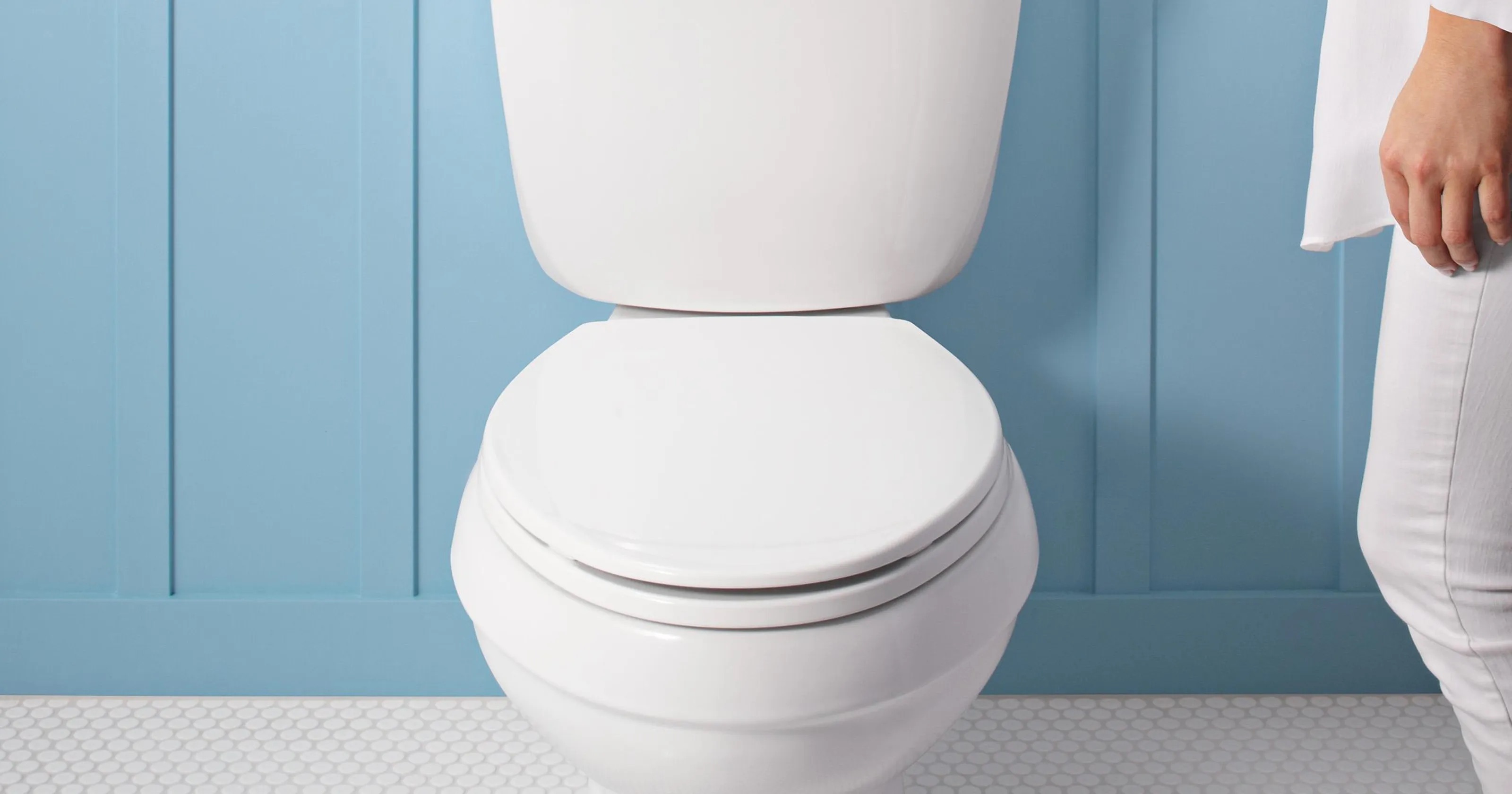

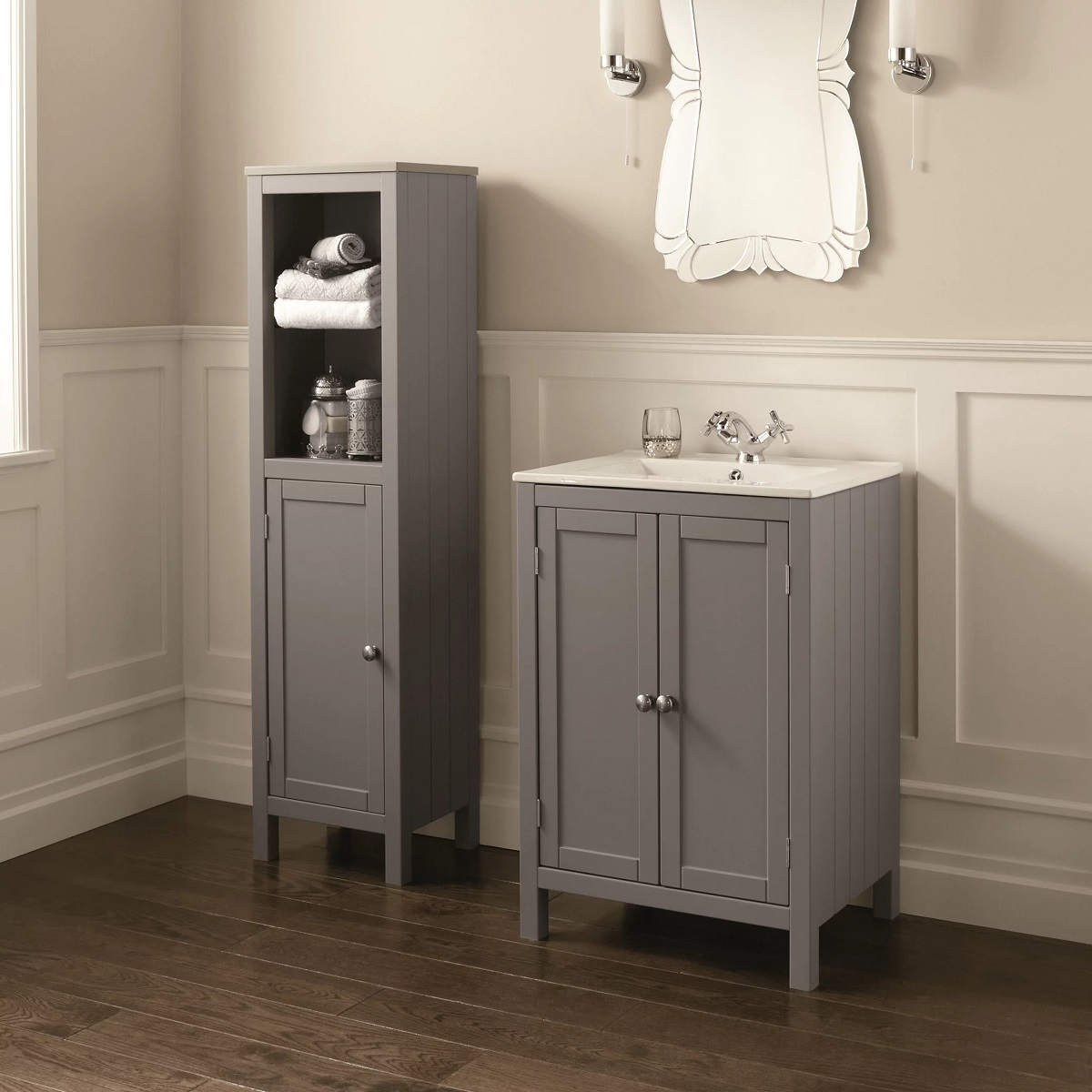


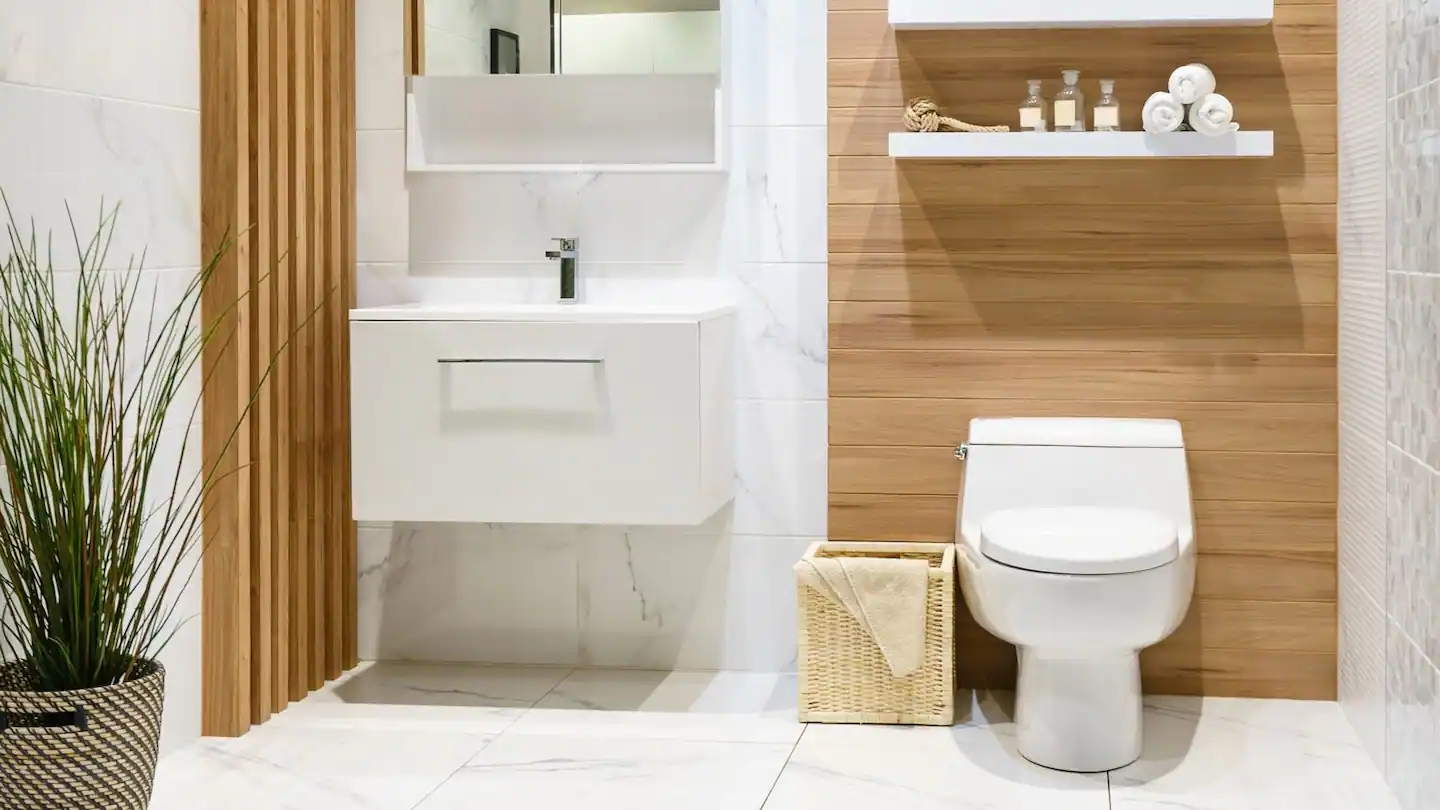
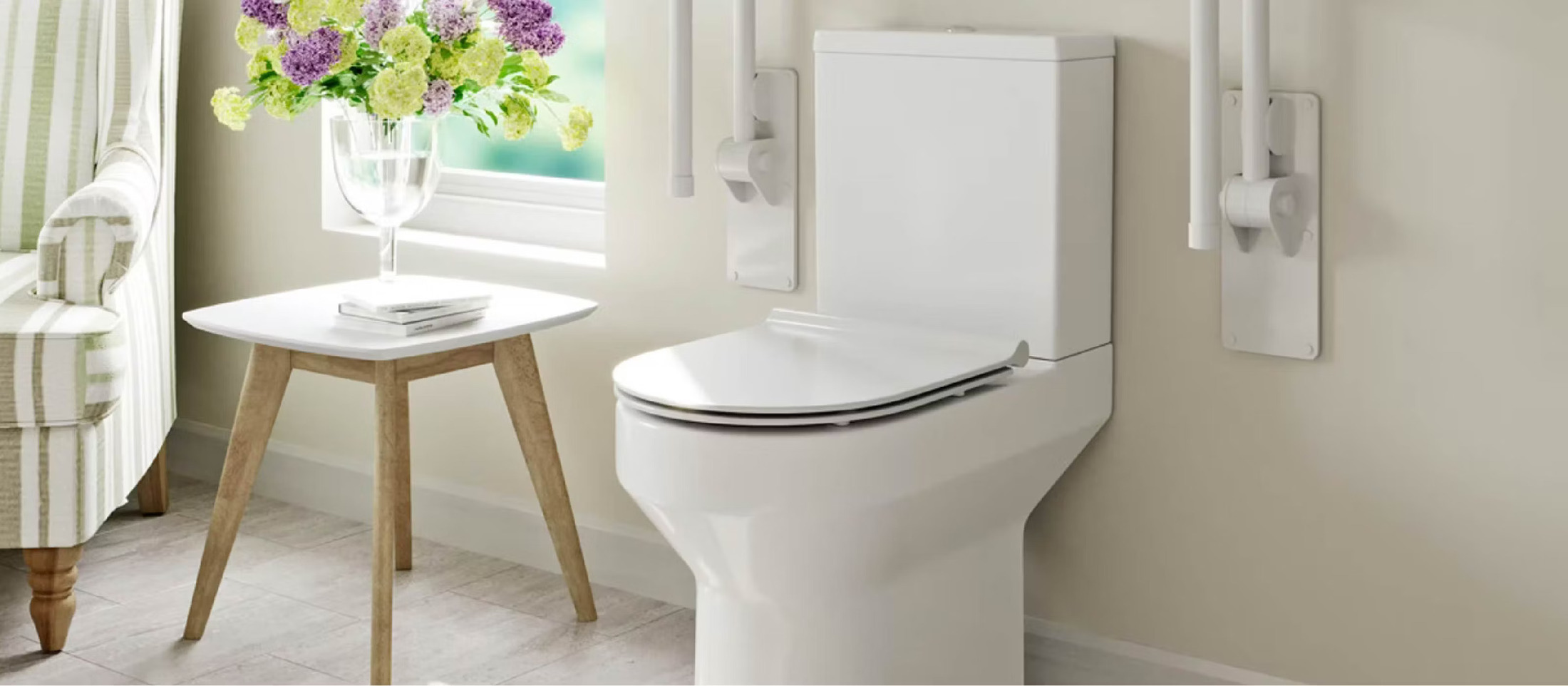



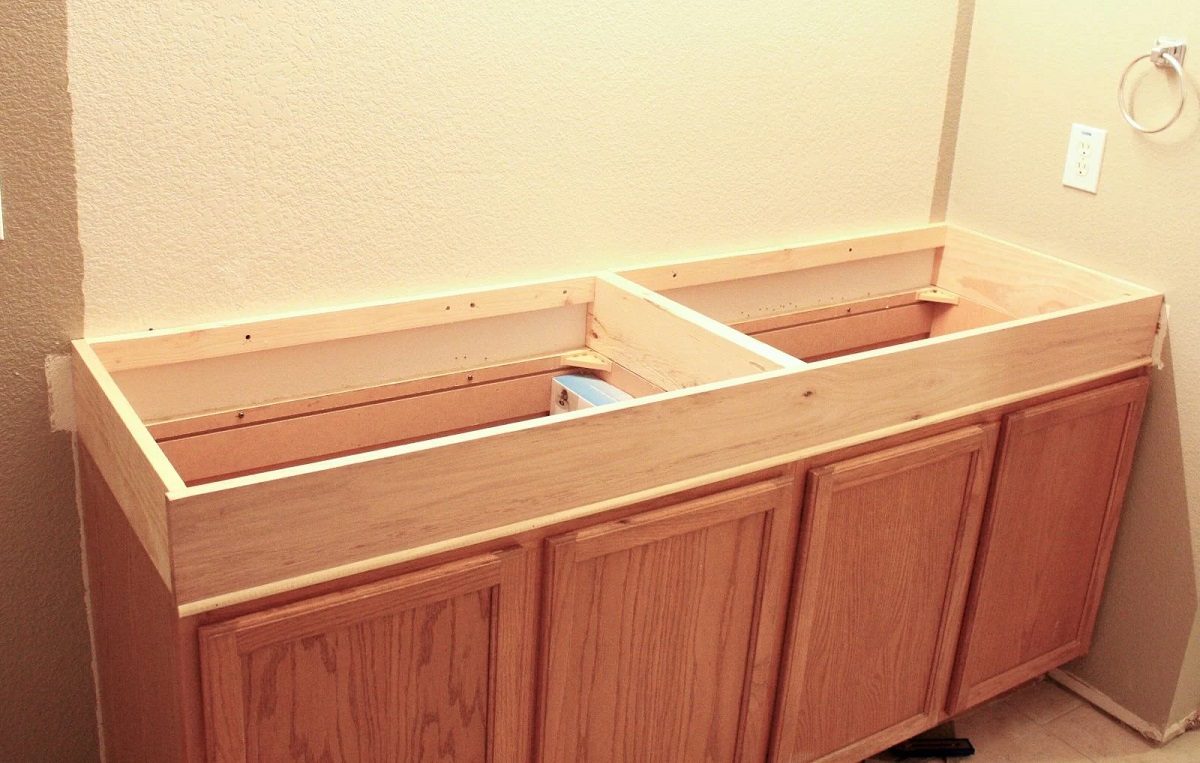
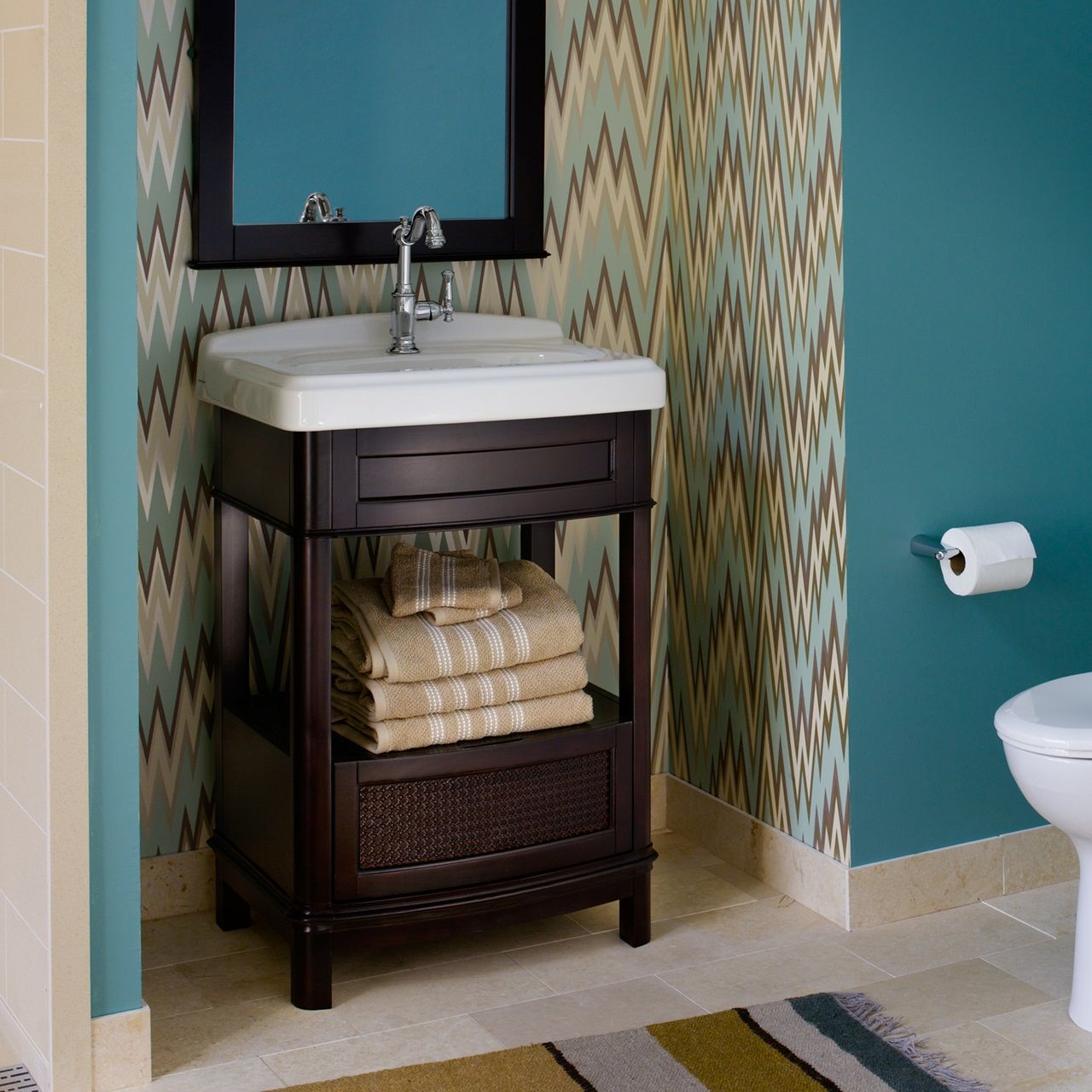

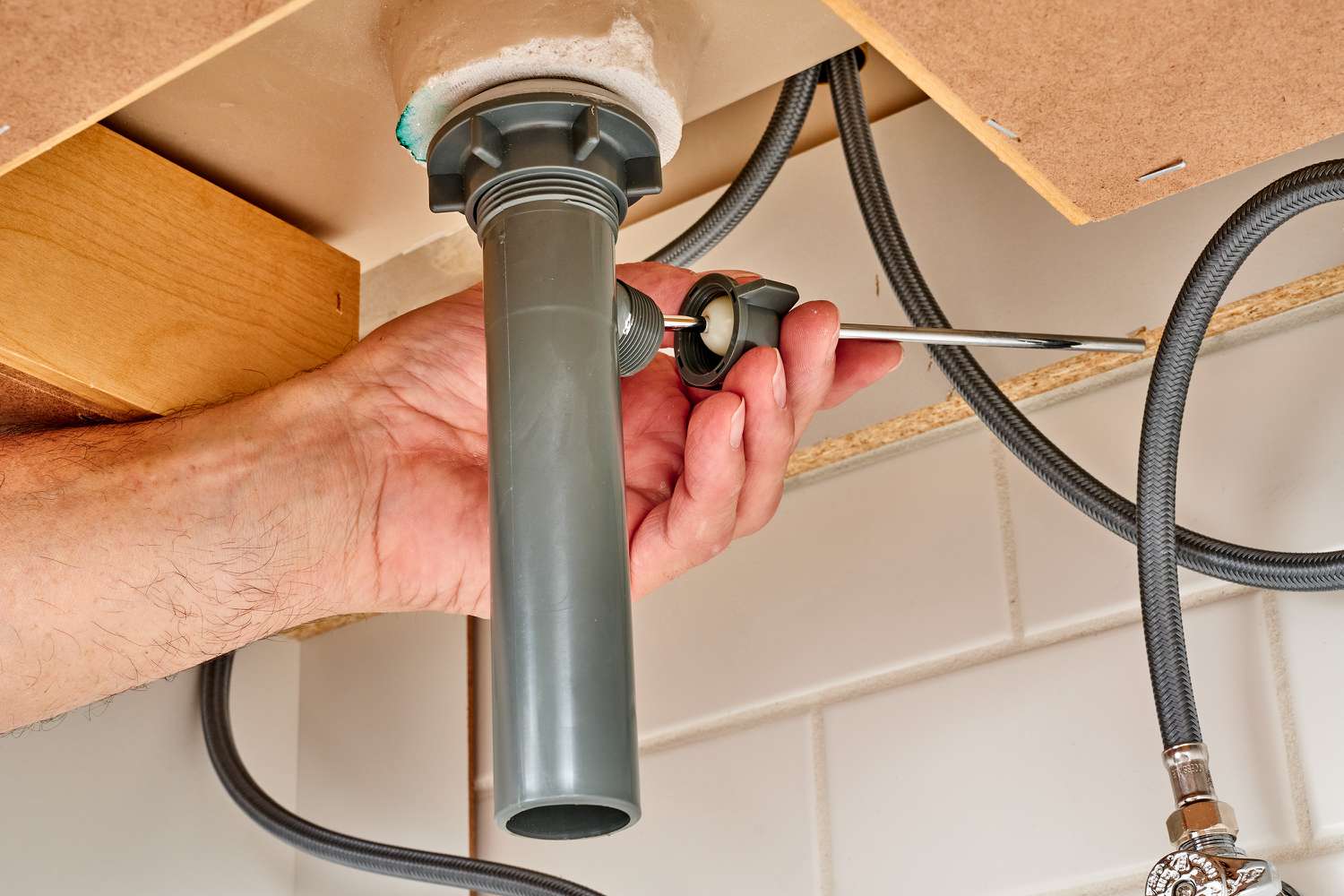

0 thoughts on “What Is The Standard Height For A Vanity Drain”